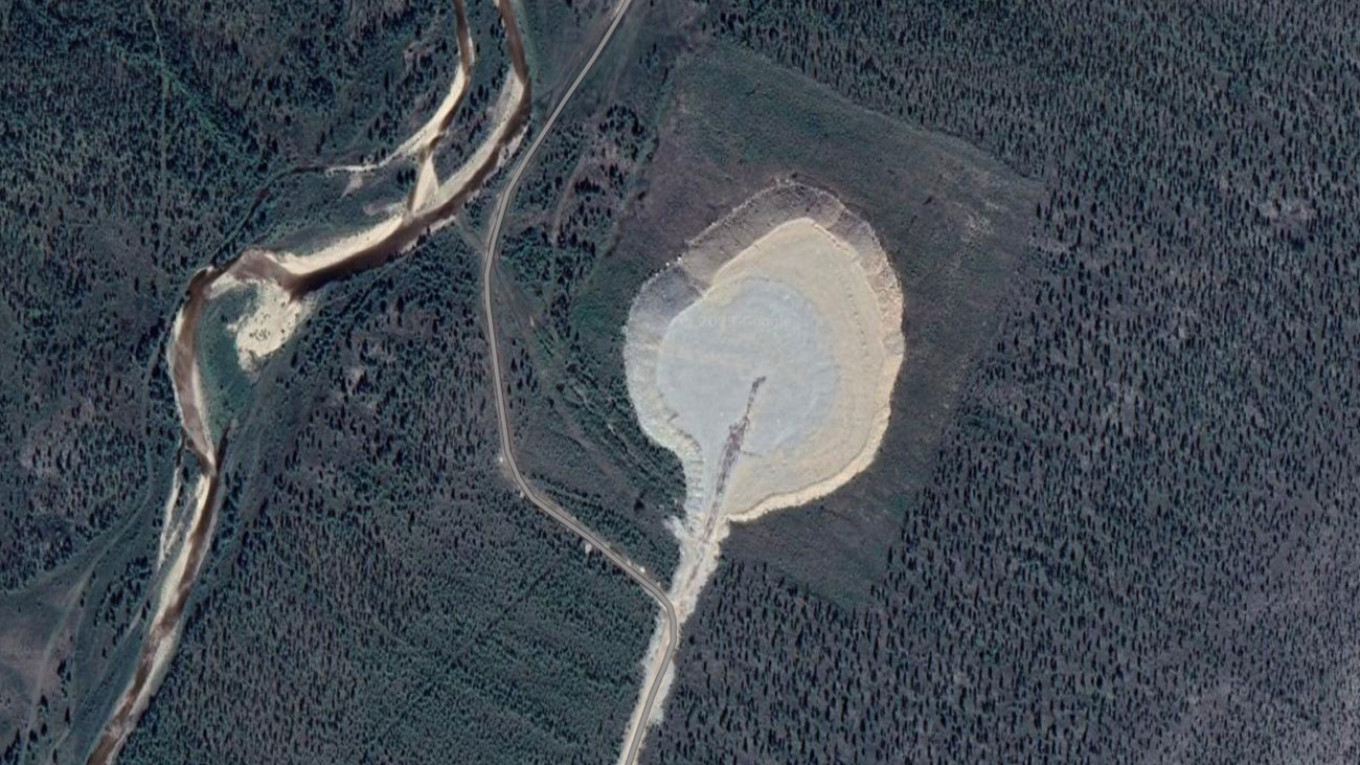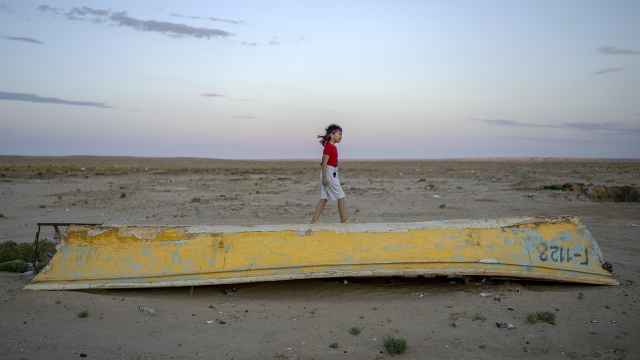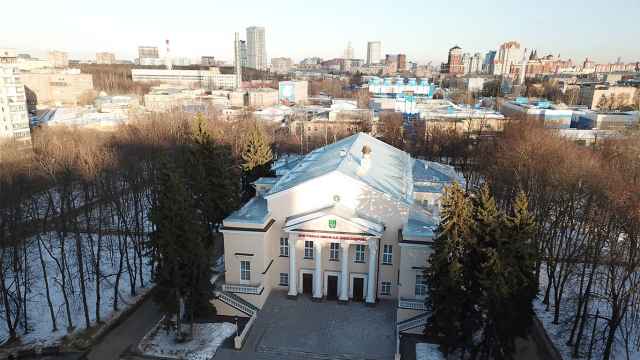"I have seen the dead forest with my own eyes, it's a very eerie sensation,” Andrei Ozharovsky, a nuclear physicist and antinuclear campaigner, told The Moscow Times.
“The explosion happened in the 1970s — but in one direction, for about two or three kilometers, there are still dead trees standing. Coniferous trees, the taiga, are of course particularly sensitive to beta-radioactive substances, which are abundantly present in the aftermath of a nuclear explosion.”
This is how Ozharovsky remembers his visit this summer to the Kraton-3 nuclear explosion site 50 kilometers from the village of Aykhal in Far East Russia's republic of Sakha (Yakutia).
Here in 1978, a blast ordered by the Soviet Geology Ministry for the deep study of the Earth's crust rocked the area, creating a radioactive cloud that enveloped 80 workers.
“[It was] a horrifying situation with the radioactive products bursting out of the cavity of the nuclear explosion from several hundred meters underground and covering the settlement of the nuclear testers,” Ozharovsky said. “So the atomic workers themselves suffered from what they had done — a scene straight out of Shakespeare.”
Russia’s decision to de-ratify the Comprehensive Nuclear Test Ban Treaty, the landmark 1996 agreement that established a global consensus against nuclear explosions for both military and peaceful purposes, has raised fears about whether Moscow is seriously considering reviving its nuclear tests.
Meanwhile, the legacy of over 100 “peaceful” nuclear explosions conducted in Soviet times might still be not fully realized — especially with the lack of monitoring of sites where detonations did not go according to plan.
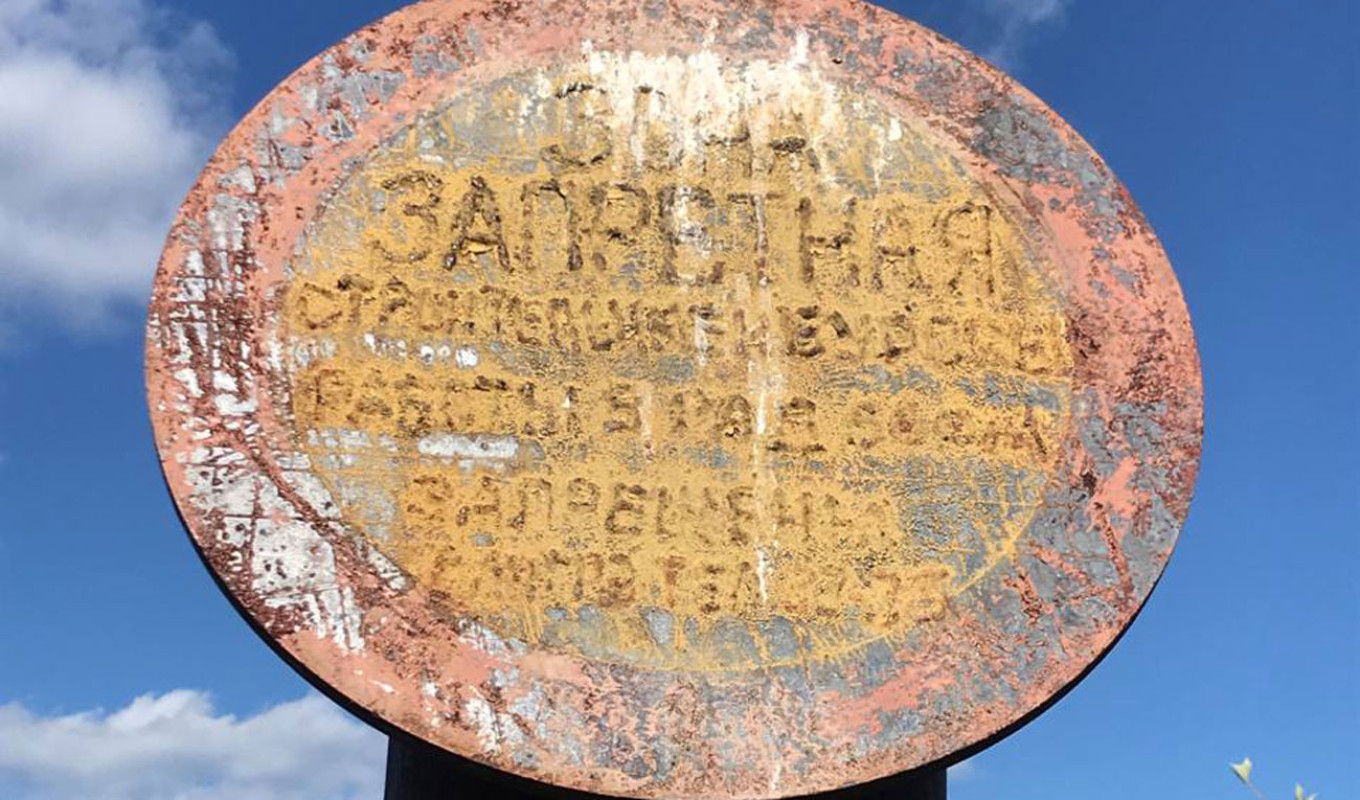
The Soviet peaceful nuclear explosions program was carried out between 1965 and 1988, starting eight years after the United States launched similar tests. It pursued multiple objectives including canal construction, ore fragmentation and the creation of underground cavities for waste storage, with the Soviet physicist Yuly Khariton remarking that “a nuclear detonation is capable of creation.”
Apart from attempts to integrate nuclear powerful explosive potential into the national economy, Ozharovsky said the Soviet Union and the U.S.'s turn toward potentially problematic tests was a result of “nuclear romanticism.”
“It seemed [at that time] that nuclear energy would provide a reliable, inexhaustible source of energy that could be used in various spheres of human life,” Ozharovsky said, comparing it to other innovations of the time such as German radioactive toothpaste, which is today seen as an example of radioactive quackery.
“People, without asking themselves what the consequences could be, considered nuclear to be something new and progressive, thus inherently good. But of course, they were mistaken,” the expert said.
In the republic of Sakha alone, two of the 12 explosions resulted in the accidental release of radioactive substances. Questions remain to this day over who should be responsible for monitoring these long-abandoned sites.
Ozharovsky’s measurements taken at the Kraton-3 site this year and shared with The Moscow Times showed increased radiation dose rates up to 0.5-1.4 microsievert per hour at some locations — with the normal level in the forest of just 0.08. He also detected Cesium-137, a nuclear fission byproduct well known from the Chernobyl disaster.
The 1974 Crystal underground nuclear explosion detonated just 2 kilometers north of the village of Udachny in Sakha. The blast, which was carried out to create a disposal facility for the diamond mining industry, spewed a radioactive cloud over several kilometers.
Ozharovsky did not record increased radiation levels here, likely because of the site’s reclamation by Russian diamond-mining giant Alrosa in 2006. Dangerous substances were sealed beneath a protective gravel sarcophagus approximately the height of a three-story building. While this solution might work for some time, it is not permanent.
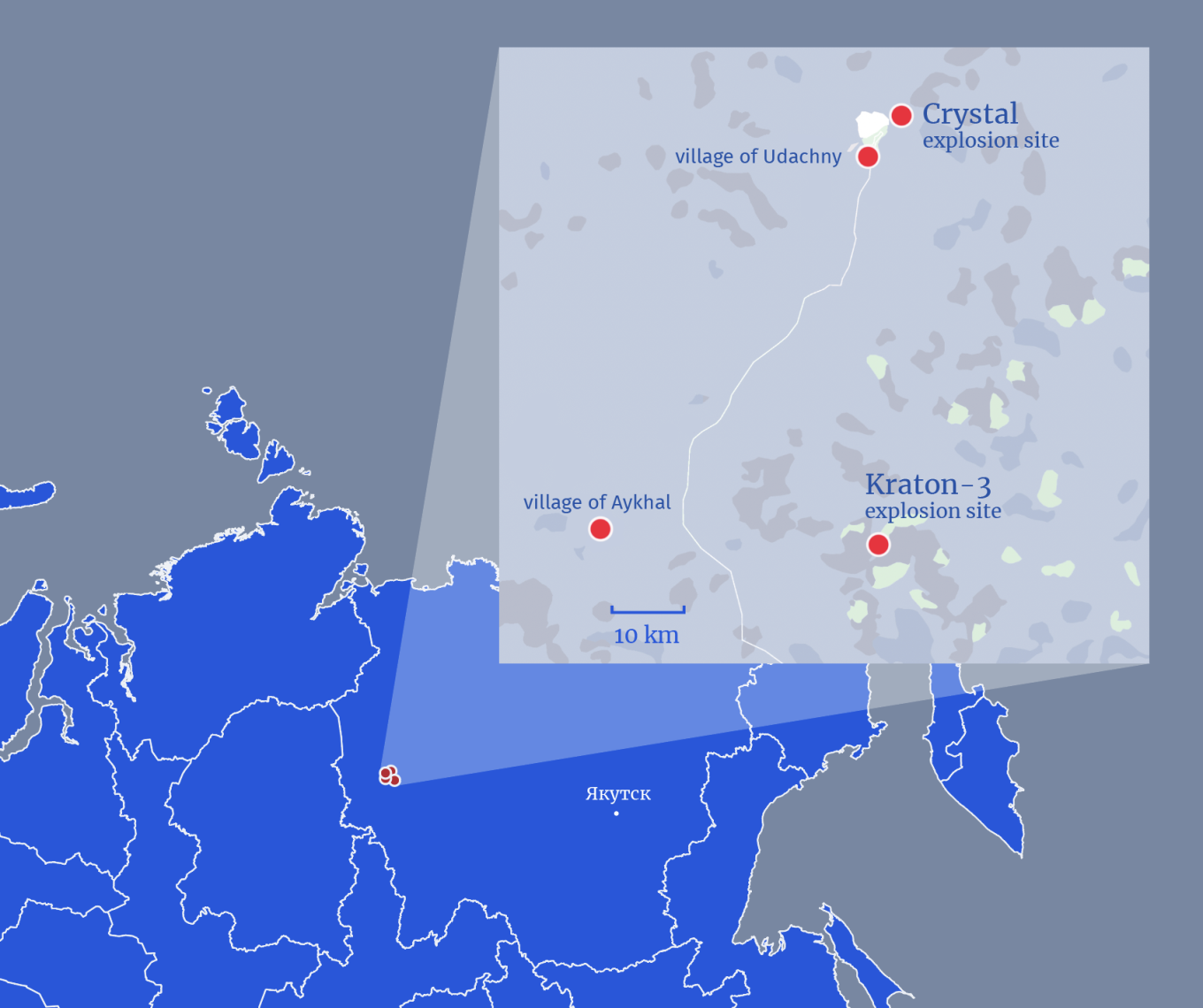
The legacy of both Kraton-3 and Crystal worries locals to this day. Due to the secrecy surrounding the Soviet nuclear explosions, authorities did not inform Sakha’s residents about the accidents for a long time, Sargylana Kondakova, co-founder of the Free Yakutia Foundation, told The Moscow Times.
“I was born in 1977, so I only heard about it from my mom that there were some secret tests,” Kondakova said. “But nobody knew exactly what happened there, only rumors. The local residents found out about the disaster themselves 15 years later.”
Today, some people in this region of 1 million inhabitants blame the explosions for their health problems such as cancer, although no link has been officially established, Kondakova said.
The region has more long-standing environmental problems as well, including pollution of rivers by extracting companies; Soviet-era radioactive navigational generators that authorities only cleaned up in 2013; stage drops of space rockets containing highly toxic heptyl; and even claims of the ozone layer thinning.
The authorities do not provide residents with sufficient information on these issues and their potential impact on human health. Nor have there been comprehensive studies to confirm or rule out the link between a particular environmental problem and cancer cases.
“We just received some formal response, that radiation doesn't exceed the norm, that everything is within the norm,” Kondakova said. “And every year it's the same for us: some oil spill [happens] — 'water is within the norm.' In other words, everything is covered up by [the authorities].”
“Environmental disasters in the republic are being hushed up in this manner. It's as if people's lives don't matter,” she said.
With the lack of up-to-date official information and general trust in the government, people are left to draw their own conclusions, fueling fears among Sakha’s population.
“In our republic, as I see it, there is a cancer phobia. I always had this fear because my uncle and grandfather died of cancer,” Kondakova said.
After the Free Yakutia Foundation published a post in October on the consequences of nuclear detonations in the region, Kondakova said its followers started sharing stories of young people dying of cancer.
While independent research in 2020 showed a “moderate prevalence” of oncology issues in Sakha compared to other Russian regions, a 2018 study revealed high growth rates of tumor cases among Sakha’s children, which is not natural and indicates a need for in-depth research, the authors concluded.
Although the reasons for tumor incidence in the region are yet to be established, the news that Russia could resume nuclear testing is a trigger for locals, Kondakova said.
“People are afraid that all of this will resume. Because eventually, who will suffer? The sparsely populated regions. It won't be the Moscow region that will suffer, but specifically the Sakha republic.”
The remediation efforts at both the Kraton-3 and Crystal sites reduced their potential radioactive danger, but cannot provide a permanent solution. This is because of the lack of genuine engineering barriers that can contain radioactive substances for hundreds of years during which they remain hazardous.
“At the facilities that I examined in Yakutia … they simply collected radioactively contaminated soil, covered it with crushed stone or other cleaner soil. And it turned out that it was just masking it,” Ozharovsky said.
He warned that the containment solutions could start to erode if rain acidity over Sakha changes.
“And who will notice this? Where are the observations? Where is the local science that should sit there and make these measurements? Why could I, a visiting ecologist from the Moscow region, find areas of radioactive contamination, and the local authorities say that it's just taiga, no one lives there?” Ozharovsky asked.
In addition to the no-go zones in Sakha, the Soviet peaceful nuclear frenzy resulted in places elsewhere in Russia that could still be a source of radioactive contamination.
Among these are burial grounds of nuclear waste left after failed detonations in the Perm region and the site of the Dnepr nuclear explosions in the Khibiny Mountains in the Murmansk region, which resulted in tritium-contaminated groundwater flowing into bodies still used for drinking water.
The majority of potentially dangerous areas left after Soviet peaceful detonations have no owner today. At the same time, the logic goes that state atomic agency Rosatom is a direct successor of the U.S.S.R.’s Medium Machine Building Ministry that supervised the Soviet nuclear industry.
Experts say it is necessary to monitor these sites because some underground processes — such as collapsing cavities from nuclear tests or flooding — can lead to the radiation hidden until now beginning to wash out with water and contaminate aquifers.
“Ownerless burial grounds [of radioactive waste] are the prerequisites for radioactive problems,” Ozharovsky said.
“The main question is how to legally regulate what our grandfathers and fathers built and left us as a legacy — this huge amount of radioactive waste placed in the environment as a result of nuclear explosions for so-called peaceful purposes,” he said.
And in Sakha, the public doubts that anyone will ever take responsibility for the consequences of the reckless detonations of the Soviet Union.
"You can't find anyone to address [complaints] to. To the Kremlin? But the Kremlin will say it was a completely different country, the U.S.S.R. They did nuclear explosions there, and then they banned it,” Kondakova said. “But now, they want to resume.”
“So there's no end, as if no one is to blame."
Rosatom did not respond to The Moscow Times’ request for comment.
A Message from The Moscow Times:
Dear readers,
We are facing unprecedented challenges. Russia's Prosecutor General's Office has designated The Moscow Times as an "undesirable" organization, criminalizing our work and putting our staff at risk of prosecution. This follows our earlier unjust labeling as a "foreign agent."
These actions are direct attempts to silence independent journalism in Russia. The authorities claim our work "discredits the decisions of the Russian leadership." We see things differently: we strive to provide accurate, unbiased reporting on Russia.
We, the journalists of The Moscow Times, refuse to be silenced. But to continue our work, we need your help.
Your support, no matter how small, makes a world of difference. If you can, please support us monthly starting from just $2. It's quick to set up, and every contribution makes a significant impact.
By supporting The Moscow Times, you're defending open, independent journalism in the face of repression. Thank you for standing with us.
Remind me later.


